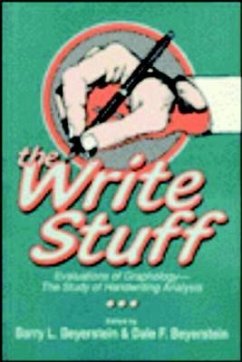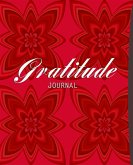Like fingerprints, each person's handwriting is unique and may be used as a means of identification. Expert document examiners have long been used by courts to determine the authenticity of signatures and other writing samples. But is there more that handwriting can reveal about a person beyond individual identification? Many claim that such analysis has been perfected in the science of "graphology" and that personality traits and accurate character readings can be deduced from a person's penmenship. In this definitive study of graphology, Barry and Dale Beyerstein provide a balanced evaluation of claims that personality, aptitude, and psychological and physical health can be determined through handwriting analysis. The contributors include both practicing graphologists, who present their case and describe their practices and methods, as well as critics from many fields, who evaluate graphology in terms of brain research; assess its accuracy through objective tests of validity; contrast graphology with verifiable psychological assessment techniques; and review the legality of using graphology in employee selection, psychological diagnosis, and the criminal justice system. A major thrust of the book is a consideration of why graphology seems so accurate to many personnel managers when it has been unable to pass objective tests of validity designed by experts in the psychology of individual differences. In addition, a brief history of graphology is offered, which traces its roots to the ancient practice of sympathetic magic. Also presented is a philosophical discussion which compares the practice and philosophical assumptions of graphology with the scientific method. For critics andproponents alike, The Write Stuff will serve as an invaluable reference work.
Hinweis: Dieser Artikel kann nur an eine deutsche Lieferadresse ausgeliefert werden.
Hinweis: Dieser Artikel kann nur an eine deutsche Lieferadresse ausgeliefert werden.








